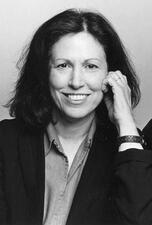Art
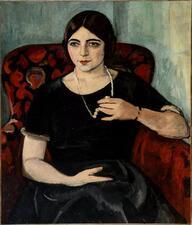
Edith Gregor Halpert
Edith Gregor Halpert was an influential American art dealer, collector, and businesswoman who opened prominent Modern Art and Folk Art galleries. As a socially conscious and successful woman, she worked to promote the rights of artists, and her galleries showcased the works of African American artists.
Edith Head
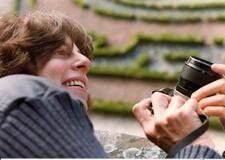
Diana Mara Henry
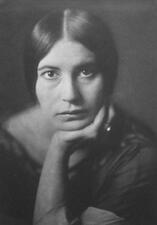
Nini Hess
In the years between 1914 and 1933, numerous significant personalities in art, culture, politics, society and sport met in the photographic portraiture studio of Nini and Carry Hess. With their technical and aesthetic brilliance, the sisters were among the leading photographers in Germany of the time.
Eva Hesse
Eva Hesse created innovative sculptural forms using unconventional materials such as latex and fiberglass and gave minimal art organic, emotional, and kinetic features. She scorned the decorative, creating sculptures out of repeated units which embodied opposite extremes. Her large fiberglass and latex works are recognized as major works of the 1960s artistic era.
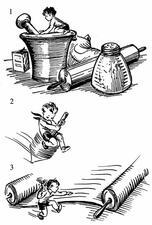
Marilyn Hirsh
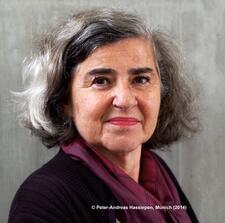
Barbara Honigmann
Janet Indick
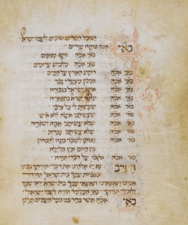
Early Modern Italy
A study of the role of Jewish women in household formation, the household, and household dissolution, as well as their engagement in Jewish culture in early modern Italy, raises the question of how much of Jewish practice reflected the context of the surrounding society and how much engaged options in traditional Jewish practices, which were selected to meet their own needs. Despite the wealth of information about some well- known women and reports of the activities of many unnamed women, Jewish women, like Christian women, still functioned in the context of women and the period does not represent a Renaissance for women.
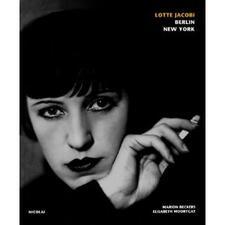
Lotte Jacobi
After leaving Nazi Germany in 1935, Lotte Jacobi became a renowned photographer in New York as she captured intimate portraits of prominent Americans such as Robert Frost, Eleanor Roosevelt, and Paul Robeson. Jacobi was highly interested in politics and an active delegate to the Democratic National Convention. She was known for engaging her subjects in rich conversation as she photographed them.
Ira Jan
Ira Jan, a painter and writer, was the first Hebrew artist in pre-State Palestine. Born in Kishinev, Jan graduated from the Moscow Art Academy and traveled Europe before immigrating to Palestine in 1908. Known for her love affair with Chaim Nachman Bialik, she immigrated to Jerusalem in 1908, engaging in painting and teaching and publishing her stories in a number of periodicals in Palestine.
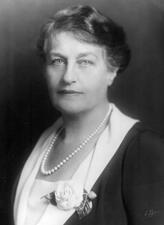
Jewish Museums in the United States
American Jewish women have played an outsized role in the foundation of Jewish museums all over the country. Barred from traditional spaces of power in the early twentieth century, many women—adjacent to power as Rebbetzins, philanthropists, and secretaries of libraries and other Jewish organizations—leveraged their connections to found new kinds of cultural institutions: museums.
Elena Kabischer-Jakerson
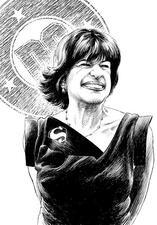
Jenette Kahn

Donna Karan
Donna Karan started her career as an intern for the renowned designer Anne Klein and became the design director for Klein’s label in 1974. She quickly built a reputation for designing clothes for a range of body types. She has two of her own brands, which have become household names around the world, and her designs have regularly won awards.
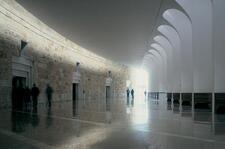
Ada Karmi-Melamede
Ada Karmi-Melamede (b. 1936) is a prominent Israeli architect. Her work includes a variety of public and private projects, among them the Supreme Court Building in Jerusalem and The Open University campus in Ra’anana. In 2007, she received the Israel Prize in architecture, the second woman to have ever received this prize.
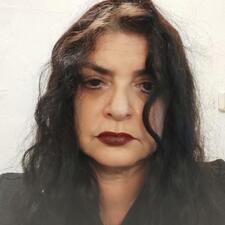
Shula Keshet
Shula Keshet is an Israeli Mizrahi feminist activist, an artist, and a curator. Her activism strives for justice for underprivileged women and men in Israel; as a Mizrahi feminist artist and curator, she has created several exhibitions.
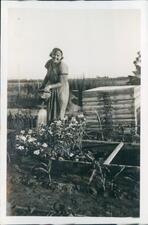
Kibbutz Ha-Dati Movement (1929-1948)
Beginning in 1929, the religious kibbutz (Kibbutz Ha-Dati) movement represented the confluence of progressive ideals of equality and collectivism and traditional customs of Judaism. As a result, women in the movement lived at a crossroads.
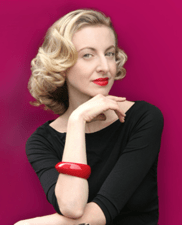
Poppy King
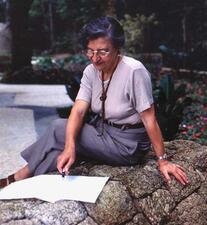
Rosa Grena Kliass
Rosa Kliass is a trailblazer in the field of Brazilian landscape architecture. After graduating from university, Kliass established the first landscape office run by a woman in Brazil. Kliass’ extensive experience in public works, combined with a broad interdisciplinary approach, led her to serve as a consultant to several governmental institutions.
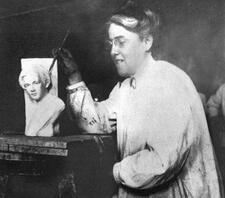
Rose Kohler
Rose Kohler was a multitalented woman who was known as an accomplished painter and sculptor. She was a teacher in, and later the chair of, the National Council of Jewish Women’s religious schools in Cincinnati, Ohio, and wrote many articles on art and religion.
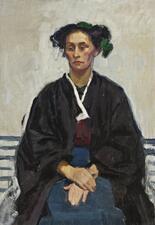
Broncia Koller-Pinell
Broncia Koller-Pinell was a successful artist in the late nineteenth and early twentieth centuries and a contemporary of Josef Hoffmann, Kolo Moser, and Gustav Klimpt in Vienna. As a Jew and a woman creating art in Christian male-dominated spaces, Koller-Pinell remained true to herself and created beautiful artwork in spite of the adversities she faced.
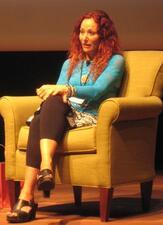
Aline Kominsky-Crumb
Aline Kominsky-Crumb was a pioneer of the autobiographical comics genre and a leading figure in the feminist underground comics movement. Her career as a cartoonist began in 1972, when she joined the Wimmen’s Comix collective in San Francisco and published her first comic Goldie. A Neurotic Women. She went on to author, publish and co-edit several books and magazines, including the comics anthology Love That Bunch (1990), and the graphic Memoir Need More Love (2007).

EL Konigsburg
Elaine Lobl Konigsburg is best remembered from her many beloved children’s novels, including The Mixed-Up Files of Mrs. Basil E. Frankweiler, Jennifer, Hecate, Macbeth, William McKinley and Me, Elizbeth, and The View from Saturday. Her novels and her characters reflect the angst of growing up in a middle-class world and finding your way, no matter where you come from.
